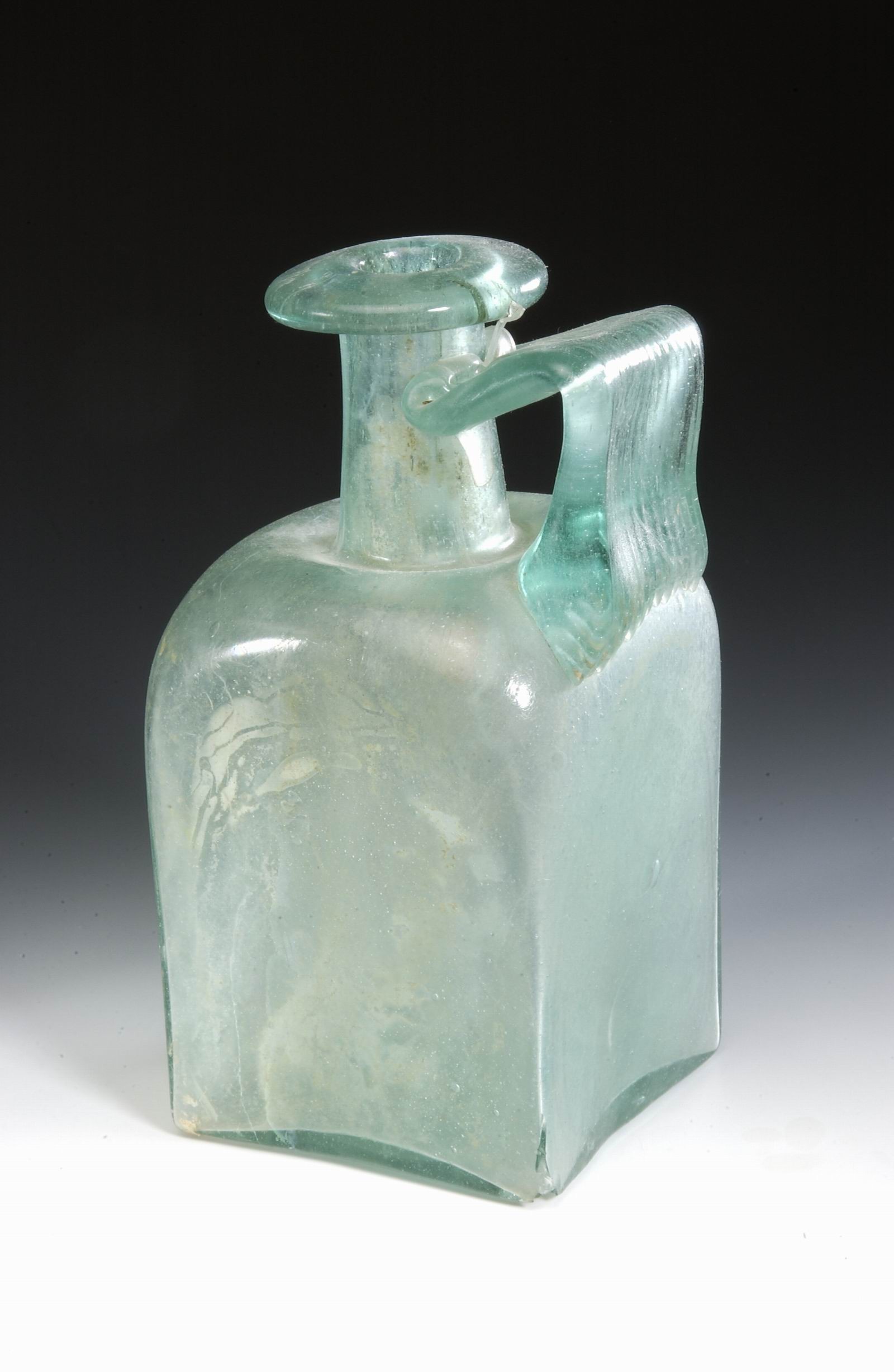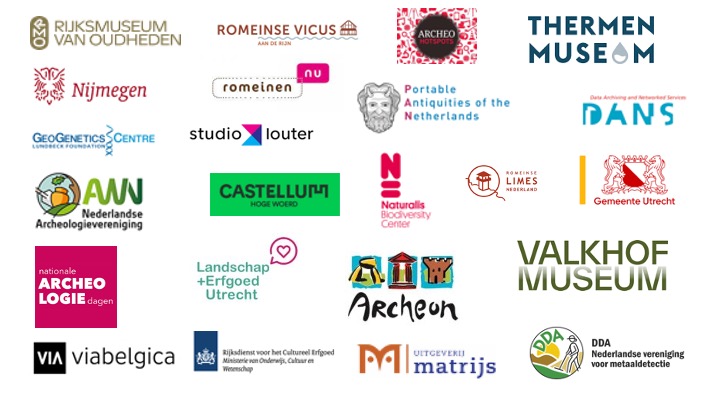
Employing citizen science to understand borders and border systems from the Roman period until today
This project explores the concept of borders, focusing in particular on the frontier of the Roman Empire known as the Lower Germanic Limes. We investigate not only the impact of this ancient border on migration and the import of goods and crops, but also how the limes is visible today as cultural heritage and how it continues to shape contemporary perspectives on borders.
On one level, the project maps the limes as a cultural contact zone by analyzing archaeological data with a range of modern techniques and the help of citizen scientists. This enables us to reconstruct the Roman-period borderscape in greater detail than ever before. On another level, the project examines the reception of the limes: how this border has been (re)constructed over time to serve the formation of nation-states and the development of regional, national, and European identities.
We connect the white coats of sterile laboratories with the muddy boots of excavations, the dusty historical archives with the expanses of spatial analysis, and use big data to reinterpret and reorder artefacts in depots and museums.
By combining these perspectives, the project enhances our understanding of modern attitudes toward borders and contributes historical depth to current public debates about borders and cultural interaction.
This interdisciplinary project brings together a consortium of experts in ancient history, archaeology, geology, cultural heritage, art and cultural history, human geography, border studies, and environmental genetics. We collaborate with a wide range of public partners to ensure that the scientific results are shared with a broad audience.
C-Limes partners

